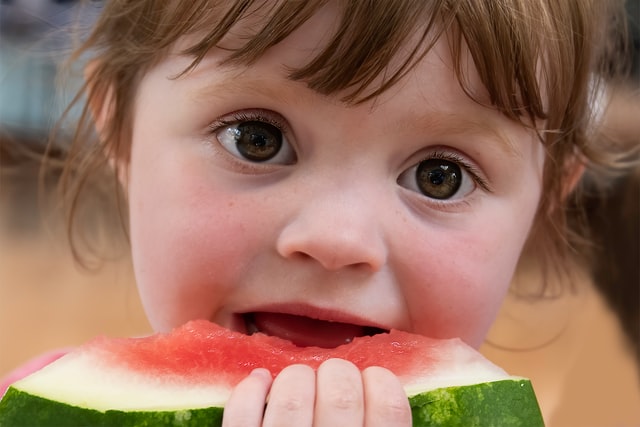When parents go to see paediatricians and specialists, they often worry that their child doesn’t eat many foods with fibre.
Kadakkal Radhakrishnan, MD, a paediatric gastroenterologist, says that parents often tell him that it’s very hard to get their carb-loving toddler to eat things like fruits, vegetables, almonds, and whole grains, which are high in fibre.
So why is it so important for your child to eat fibre? It can lower your child’s blood cholesterol, prevent diabetes, and help move food through his or her digestive system, preventing constipation and promoting healthy bowel function.
What is fibre in food?
First of all, the body can’t break down fibre. It goes out of your body after going through your stomach, intestines, and colon. Dietary fibre, also called “roughage,” is the part of plant-based foods that can’t be digested.
This now includes some non-starch polysaccharides, which are large carbs that aren’t digested but are fermented when they get to the large intestine. They also have resistant starch, which can’t be broken down by the body.
Dietary fibre comes in two types: soluble fibre, which is mostly found in fruits and veggies, and insoluble fibre, which is mostly found in cereals and whole grains.
Soluble fibres dissolve easily in water and change into a gel-like substance when water is added. This makes stools easier to pass. Insoluble fibres don’t dissolve in water, but they can hold on to water to make stools bulkier and make going to the bathroom easier.
How does dietary fibre work?
Dietary fibre works in three ways: it makes stools bigger and thicker, and it ferments to make products that are good for your body. Most bulk-forming fibres, like cellulose and hemicellulose, are insoluble, but some, like psyllium, can also be. They soak up water, add weight to poop, help you have regular bowel movements, and haven’t fermented much.
When mixed with water, fibres that make a thick paste thicken in the lumen of the bowel. They can help slow down the absorption of sugars and stop the body from taking in fats like cholesterol.
Fibres like guar gum, pectin, and methylcellulose are all examples of this type of fibre. Most of these fibres are broken down by the bacteria in the gut.
Normal gut flora uses fermentable fibre in the large intestine to make short-chain fatty acids and give the stool some bulk. The short-chain fatty acids give energy to the cells that line the large intestine. They may also help fight cancer and reduce inflammation.
What does your child need for fibre?
Different ages have different needs for fibre. Here is a rough idea of how much fibre people of different ages need:
- 19 grammes of fibre per day for children ages 1 to 3.
- 25 grammes of fibre a day for kids ages 4 to 8.
- Boys ages 9 to 13: 31 grammes of fibre per day.
- For 9–13-year-old girls, that’s 26 grammes of fibre per day.
- Boys ages 14 to 19 should get 38 grammes of fibre per day.
- For 14–19-year-old girls, that’s 26 grammes of fibre per day.
In real life, it might not always be easy to meet these goals for fibre intake. You can easily help your child get more fibre, though, by giving them foods that are high in fibre.
Try giving your child these foods for lunch and dinner:
- 1/2 cup beans or other legumes (which gives 6 grammes of fibre).
- 1/2 cup of cooked vegetables (3 to 4 grammes) and 1/2 cup of fruits (which provides 3 grams).
The needs listed above are estimates, and if parents have other questions or concerns, I suggest they talk to a paediatrician or a paediatric dietitian.
How to have fun with fibre
“As a parent myself, I know that the hardest part is making fibre fun and tasty for kids,” he says. “I suggest that parents try different kinds of foods that are high in fibre and add soluble fibres to drinks to make it less noticeable.”
When adding more fibre to your child’s diet, it’s important to remember that you should do it slowly to prevent gas and bloating.
You can sneak fibre into your child’s diet in fun ways, like by blending fruits into smoothies or pureeing vegetables into pasta sauces. You can also try new whole-grain cereals and make their favourite sandwich with whole-grain bread.
Apples with peanut butter and the skin on, veggie kabobs, fruit salad, and air-popped popcorn are all great ideas for snacks.
Try to change the menu every so often to keep your child interested, and don’t be afraid to think outside the box. It doesn’t have to be a chore to make sure your child gets enough fibre.
